Introduction
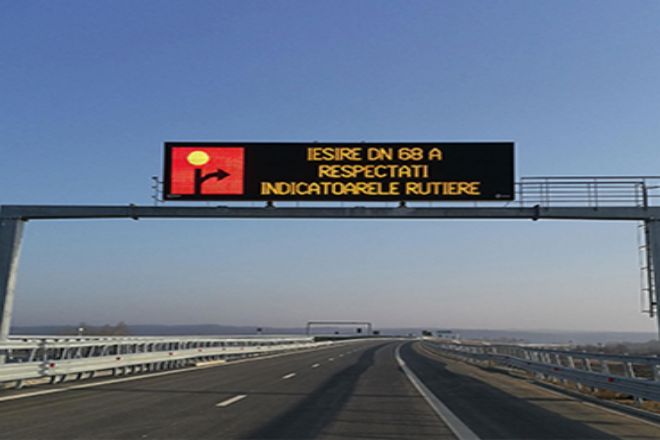
With the acceleration of urbanization, urban transportation has increasingly become a key factor affecting urban development and the quality of life of residents. On increasingly busy roads, the real-time, accuracy and transparency of traffic information are particularly important.
With its unique advantages, the LED display screen plays an increasingly important role in urban transportation, bringing revolutionary improvement to the convenience of urban transportation.
1. What are the benefits of using LED displays for traffic management?
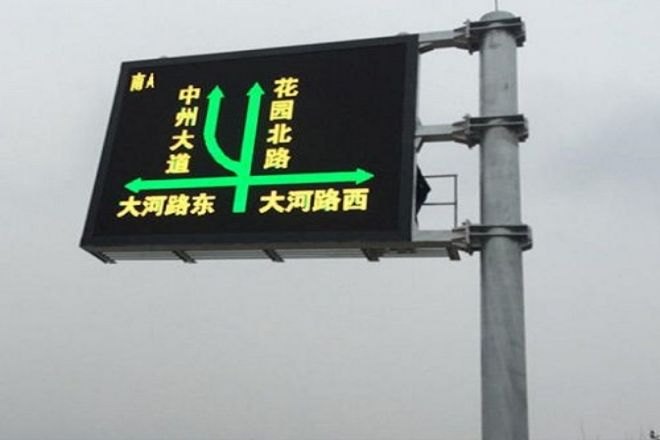
The use of LED display screens for traffic management brings many benefits, which are not only reflected in improving the transmission efficiency of traffic information but also in optimizing the allocation of traffic resources, enhancing traffic safety, and improving the travel experience of passengers.
First of all, the LED display can transmit traffic information efficiently and in real-time. Through the LED display screen, the traffic management department can quickly release key information such as road conditions, traffic control, accident warnings, etc., so that drivers can keep abreast of the road conditions ahead so as to make more reasonable driving decisions.
This can not only reduce traffic congestion and improve the efficiency of road use but also reduce the incidence of traffic accidents and enhance traffic safety.
Secondly, the LED display helps to optimize the allocation of transportation resources. Through real-time monitoring of traffic flow and road conditions, the traffic management department can accurately adjust the timing of traffic lights and optimize bus lines according to the data provided by the LED display screen, so as to improve the overall operation efficiency of the transportation system.
This can not only reduce energy consumption and environmental pollution but also help improve the overall transportation image of the city.
In addition, the LED display can improve passengers’ travel experience. In public transportation places such as bus stations and subway stations, the LED display screen can display the arrival time and line information of the bus/subway in real-time, which is convenient for passengers to arrange their travel time reasonably.
At the same time, the LED display can also release practical information such as weather forecasts and news information to provide passengers with more comprehensive and convenient services.
Finally, the application of LED displays is also conducive to promoting the intelligent development of urban transportation.
Through the combination of the Internet of Things, big data, and other technologies, the LED display can achieve more accurate and personalized information display and provide richer and more in-depth data support for the traffic management department. This will help promote urban traffic management to become more intelligent and refined.
2. How do we provide real-time road updates through the LED display?
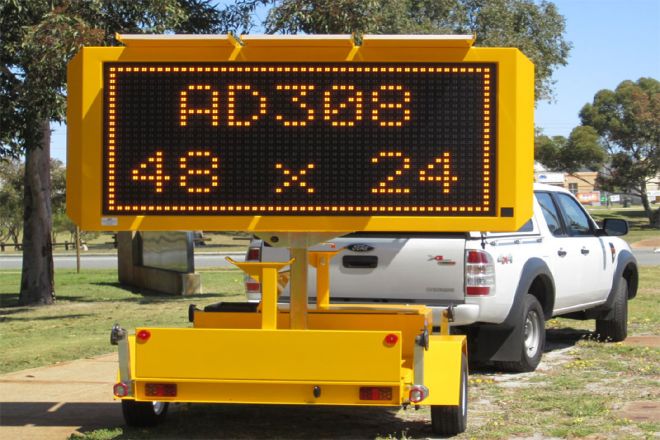
After understanding your needs, we can discuss how the LED display installed on the road provides real-time road condition updates from the following aspects:
First of all, data collection and integration are the key. Road LED display screens need to receive information from various traffic data sources, such as traffic surveillance cameras, traffic detectors, road sensors, etc.
These devices can capture road conditions in real-time, including congestion, accident information, speed, etc. The collected data needs to be integrated and analyzed by the traffic management center and converted into information that is easy to understand and display.
Secondly, real-time communication is an important link to ensure that road condition information is updated in a timely manner. A stable and high-speed communication channel needs to be established between the traffic management center and the road LED display screen to transmit road condition information in real-time.
This usually relies on wireless communication networks, such as 5G, 4G, etc., to ensure the timeliness and accuracy of information transmission.
In addition, the content design and update of the LED display is also crucial. The display screen needs to display road condition information in an intuitive and easy-to-understand format, such as using colors, arrows, text, etc., to indicate the degree of congestion and driving direction of different sections.
At the same time, the display screen should support remote content updates so that the traffic management center can flexibly adjust the display content according to the actual road conditions.
In addition, the application of intelligent algorithms can further improve the accuracy and efficiency of road condition updates.
Through the use of big data, artificial intelligence, and other technologies, the traffic management center can mine and analyze the collected data deeply, predict future road conditions, and provide drivers with more accurate information on road conditions.
Finally, considering safety and stability, the road LED display needs to be waterproof, dustproof, shockproof, and other characteristics to adapt to complex outdoor environmental conditions.
At the same time, it is also necessary to ensure the stable and reliable power supply of the display screen and avoid updating and displaying road information affected by power failure.
3. What is the cost of implementing LED displays for traffic management?
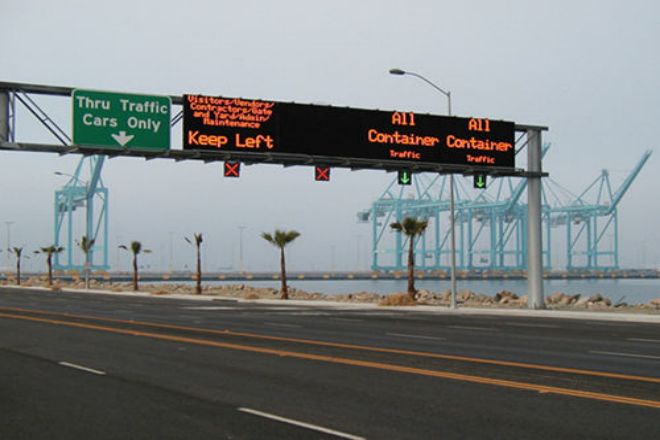
The cost of implementing LED displays for traffic management is a complex problem because it involves many aspects, including equipment purchase cost, installation cost, operating cost, and maintenance cost.
These costs will be affected by many factors, such as the size, resolution, brightness, installation location, and service life of the display.
First of all, the cost of equipment purchase is the initial investment in the implementation of LED display traffic management. The price of LED display screens with different specifications and quality varies greatly.
Generally speaking, the price of high-resolution, high-brightness, and large-size display screens will be higher. In addition, it is also necessary to consider purchasing corresponding control systems, data transmission equipment, etc.
Secondly, the installation cost is also an important consideration. This includes the fixture of the display screen, the laying of wires and cables, the installation of waterproof and dustproof measures, etc. The installation cost will vary according to the installation location, construction difficulty, and other factors.
Operating costs involve the power consumption of the display screen, data transmission costs, and possible software upgrade costs. Power consumption is the main part of operating costs, while data transmission costs depend on the communication method and data volume used.
Finally, maintenance costs cannot be ignored. This includes regular cleaning, inspection, and maintenance of the display and dealing with possible failures and damage. Maintenance costs will vary according to the usage and environmental conditions of the display.
It should be noted that the specific cost will vary according to the region, market supply and demand, and the needs of specific projects. Therefore, it is impossible to give the exact cost figure.
If you have a specific implementation plan, it is recommended to consult a professional LED display supplier or traffic management department for more accurate cost estimates and scheme suggestions.
4. Can the LED display effectively alleviate traffic congestion?
LED displays can indeed play a positive role in alleviating traffic congestion, but it should be noted that they are not the only means to solve the problem of traffic congestion but are also an important part of the integrated traffic management system.
First of all, the LED display can help drivers understand the current road conditions and traffic conditions by updating and displaying road condition information in real-time.
This helps drivers make more informed driving decisions, such as choosing a smoother route and avoiding congested areas, thus reducing unnecessary traffic congestion.
Secondly, the LED display screen can be linked with other traffic management systems, such as traffic surveillance cameras, traffic signal lights, etc. By obtaining and displaying traffic data in real-time, the LED display can remind drivers to pay attention to the road conditions ahead and adjust the speed and drive direction in advance to better adapt to traffic conditions.
The timely transmission and feedback of this information can help reduce traffic congestion caused by improper vehicle driving or traffic accidents.
In addition, the LED display screen can also be used to release key information such as traffic control and accident warnings to help drivers prepare in advance to avoid unnecessary parking and detours. This also helps to reduce traffic congestion.
However, it should be clear that the LED display is only a means to alleviate traffic congestion, and it cannot solve complex traffic problems alone. To alleviate traffic congestion, it is necessary to comprehensively consider a variety of factors, such as optimizing traffic planning, improving the efficiency of public transportation, and strengthening traffic law enforcement.
At the same time, the quality and behavior of drivers are also important factors affecting traffic conditions. It is necessary to improve drivers’ traffic awareness and safety awareness through education and publicity.
5. How does the LED display compare with traditional traffic signs?
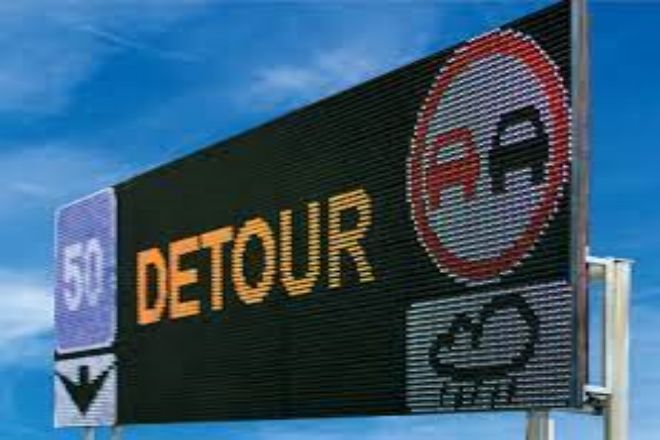
Compared with traditional traffic signs, the LED display shows unique effects and advantages in traffic management.
First of all, from the perspective of visual effects and information transmission efficiency, LED display has significant advantages.
Traditional traffic signs can usually only display static indicator slogans, while LED display screens can not only realize the dynamic change of images and text but also play videos, thus providing richer and more intuitive information.
This dynamic information display makes it easier for drivers to understand and accept, thus improving the efficiency of information transmission.
Secondly, the LED display is excellent in terms of flexibility and the updated content’s real-time performance. Traditional traffic signs require manual replacement, which is not only inefficient but also makes it difficult to deal with sudden traffic conditions.
The LED display can be controlled online at any time, update the content in real-time, and release relevant information in time according to changes in traffic conditions, providing drivers with more accurate and timely guidance.
In addition, the LED display also has a longer service life and better durability. Traditional traffic signs easily corrode in humid or rainy climates, while LED display screens are waterproof and impact-resistant, which can adapt to various complex environmental conditions and ensure the stable display of information.
However, it should be noted that the cost of LED displays may be higher than that of traditional traffic signs. At the same time, due to the power supply and communication technology, the installation and maintenance of LED display screens may also be relatively complicated.
Therefore, when choosing to use LED display screens or traditional traffic signage, it is necessary to comprehensively consider the needs, budget, and actual situation of traffic management.
Conclusion
Through an in-depth analysis of the application of LED display screens in urban transportation and its convenient contribution, it is not difficult to find that this technology is increasingly becoming an important part of the urban transportation system.
We have reason to believe that in the future urban transportation construction, the LED display will continue to give full play to its unique advantages and contribute more to the convenience, safety, and sustainable development of urban transportation.
Finally, if you want to know more about LED displays, please get in touch with us.
